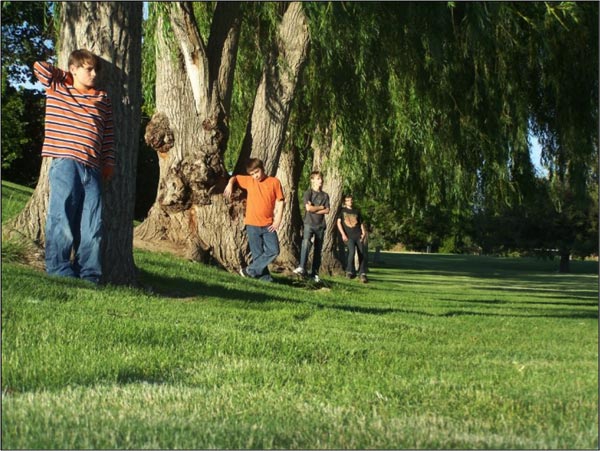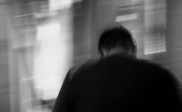Taking Pictures you want to Display
In snapping pictures or composing masterpieces, there are things to remember while your eye is surveying the potential targets. You need to think of every picture you take as being a focal point on a wall in a frame, on a canvas, or as wallpaper. No matter the scale of the “art”, it should have some emotion, a story that is attached to it and others should feel what you do when they see it.
Perspective:
This is not your point of view necessarily it is how you manipulate the space before you. It’s the ability to move objects further away from each other or closer to each other with your lens. We’ve all seen the tricks the camera can play on the eye from the photos of the sun resting in someone’s hand or how it appears they play volleyball with it. That is manipulating the space between the subject and the sun so that it appears as though they are holding the small ball of light.

Lighting:
I don’t feel there is any wrong light or right light. I do feel that your use of that light is what makes a photo great. You can have an awesome photo as the sun is going down and your subject is all in silhouette, but that won’t translate very well to a wedding. Maybe a child or a couple in an embrace though. Light is a tool to set a mood and create emotions. Very artistic photos can be taken at high noon if you can manipulate the light to work in your favor. White foam boards do a great job at reflecting a soft light onto shadows and make them disappear. Other pictures need the shadows for effect. Go from being a two hour a day photographer to an 18 hour a day expert. Practice makes perfect.
Composition:
There are basic rules of composition that will enhance your shots and make them all the better. Some people have always done these naturally. Others really have to look at what they are about to do before taking it. Many take a variety of shots from different directions. The rules of composition are taught in classes everywhere and are some of the first fundamentals you learn.
- Texture- This is different from finding a pattern. It should make you want to touch the object because it appears to have an interesting feel. Texture will look different in all kinds of light and usually some shadows will dramatize it a lot.
- Pattern- This is looking at an object and seeing repeating lines such as a building with windows, a skyscraper, or landscape.
- Symmetry- A symmetrical shot looks balanced. Both sides of the subject are very much the same. If you incorporate color and texture, a balanced shot won’t look boring.
- Depth of Field- When you look at a photo, especially scenery, using the depth of field component will create a more three dimensional appearance. Instead of always filling the frame with the subject, try capturing the foreground, the middle and the background in a very pleasing way. It will give the appearance that you can just walk right into the photo and experience what you saw.
- Lines- Lines will give the viewer something to follow. The eye tends to love the abstract shape to a picture that they bring. This is even different than pattern because it could be a winding river or a really neat road in the country…even the lines of railroad tracks and skyscrapers add that element to your focus.
The Rule of Thirds:
If you take your field of vision, like the LED screen on the back of your camera, and mentally draw two equal lines across and three down forming a grid, the places of intersection will be where you would place your main subject. It adds an artful feel to the photo in many cases. Most people feel that they need to place the main subject in the center of the lens when this is not true. Do you do this every time you click on a shot? Not always, but toy around with whether or not it would bring some dimension to your shot by moving it just a little in either direction.
By memorizing the factors to incorporate into your photos you will be able to adjust and judge easily if the shot is worth taking. Make beautiful photography and experience less editing time by changing up some of how you see things.



